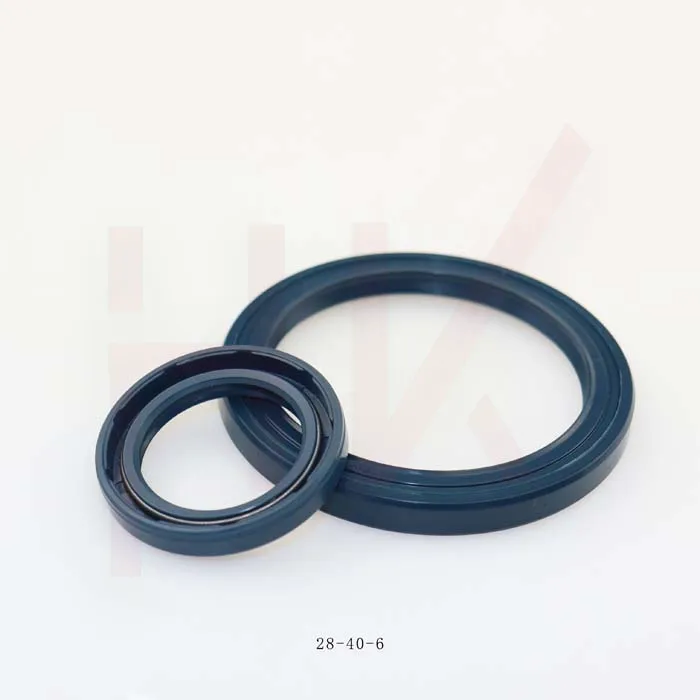Sep . 05, 2024 02:13 Back to list
seal kit hydraulic
The Importance of Seal Kits in Hydraulic Systems
In the world of hydraulic systems, efficiency and reliability are paramount. One essential component that significantly affects the overall performance of hydraulic machinery is the seal kit. Seal kits are designed to prevent fluid leakage, maintain pressure, and protect components from contamination, thus ensuring that hydraulic systems operate smoothly and effectively.
What are Seal Kits?
Seal kits consist of various sealing components, including O-rings, gaskets, and custom seals, which are crafted from materials resistant to hydraulic fluids, temperature variations, and environmental conditions. These kits are tailored to specific hydraulic system requirements and are integral in ensuring that the different parts of the system work together without any malfunctions.
Functions of Seal Kits
The primary function of seal kits in hydraulic systems is to provide a barrier that prevents hydraulic fluid from leaking out of cylinders and other components. This not only conserves the hydraulic fluid but also enhances the overall efficiency of the system. By maintaining the correct pressure levels, seal kits play a crucial role in the consistent operation of hydraulic machinery.
Additionally, seal kits offer protection against contaminants such as dust, dirt, and moisture, which can lead to significant damage within hydraulic systems. Contaminants can cause abrasions and wear on critical components, leading to costly repairs and downtime. Proper sealing helps to extend the lifespan of machinery by ensuring that these harmful elements do not infiltrate the system.
Types of Seal Kits
seal kit hydraulic

Seal kits vary based on the specific needs of hydraulic applications. Common types include cylinder seal kits, valve seal kits, and pump seal kits. Each kit is designed to match the unique specifications of different hydraulic components, such as size, shape, and functioning pressure.
1. Cylinder Seal Kits These kits are vital for hydraulic cylinders, where they prevent leaks and maintain pressure. They often include piston seals, rod seals, and wear rings.
2. Valve Seal Kits Valves control the flow of hydraulic fluid and require precise sealing. Valve seal kits may contain O-rings and backup rings to ensure proper sealing and functionality.
3. Pump Seal Kits Pumps are critical for maintaining hydraulic flow and require robust sealing solutions to prevent leaks that might cause performance issues.
Maintenance and Replacement
For optimal performance, regular maintenance and timely replacement of seal kits are essential. Signs of wear, such as leaking fluids or fluctuating pressure, often indicate that seals need to be inspected or replaced. Preventive maintenance can save businesses significant costs associated with equipment malfunction and project delays.
Conclusion
In conclusion, seal kits are crucial for the smooth operation of hydraulic systems. By preventing leaks, posing barriers against contamination, and ensuring the efficient function of hydraulic components, these kits significantly improve system reliability and longevity. Investing in high-quality seal kits and adhering to proper maintenance practices can lead to enhanced operational efficiency and reduced long-term costs in any hydraulic application. As industries continue to evolve, the role of seal kits will remain significant, making them an indispensable part of hydraulic technology.
-
25x47x7 High Quality Tcv Oil Seal for Hydraulic Pump
NewsAug.28,2025
-
Wiper Oil Seal: Our Commitment to Clean Hydraulics
NewsAug.13,2025
-
Hydraulic Oil Seal for Self Discharging Cars
NewsAug.13,2025
-
Hub Oil Seal for Agricultural Tractor Hubs
NewsAug.13,2025
-
Skeleton Oil Seal with NBR Material
NewsAug.13,2025
-
Rotary Lip Seal for High Pressure Applications
NewsAug.13,2025
-
Cylinder Seal Kits Our Legacy of Hydraulic Trust
NewsAug.13,2025
Products categories
















